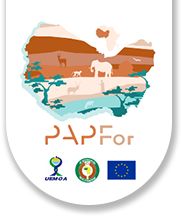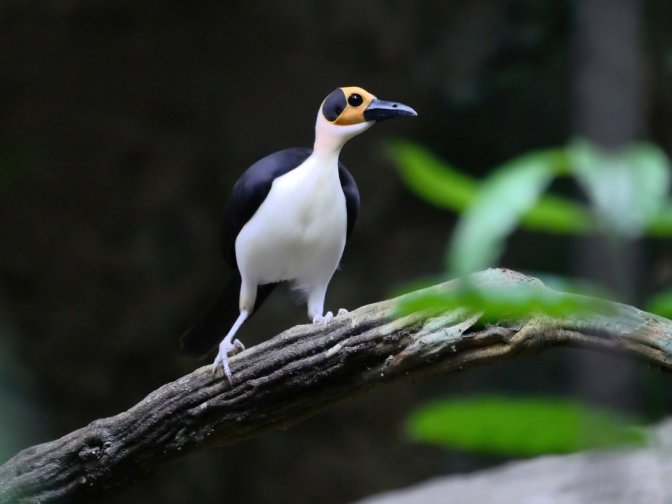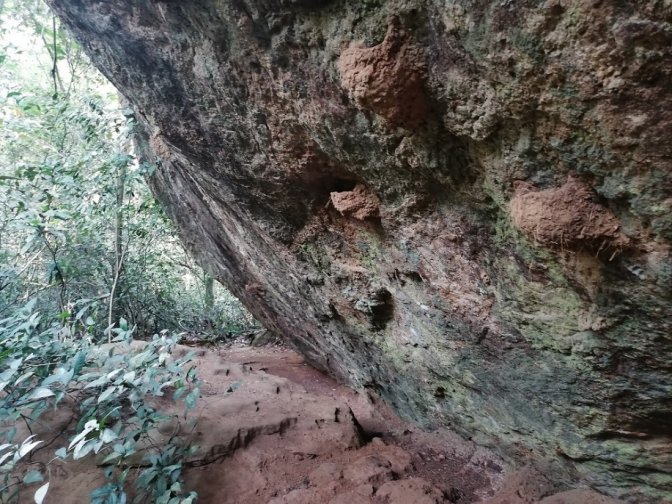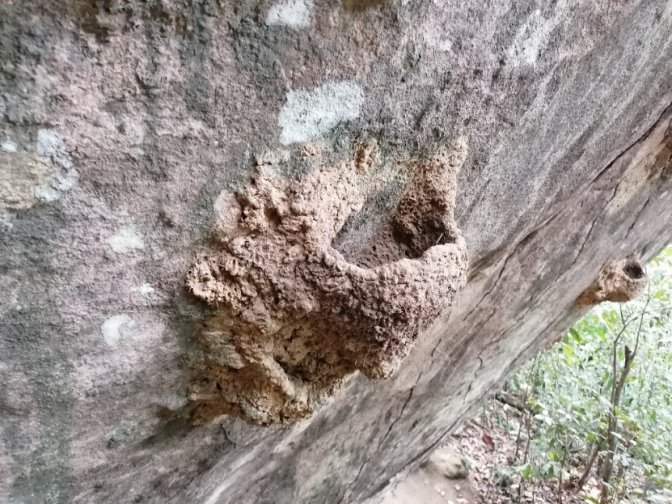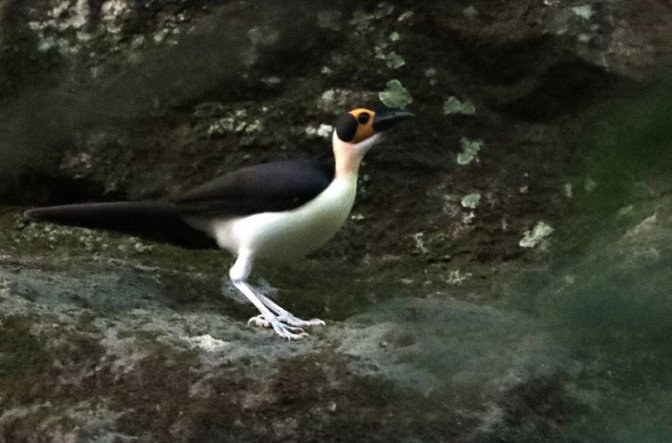Home / Guinean forests / Characteristics / The biodiversity / Species identity card / The white-necked rockfowl (Picathartes gymnocephalus)
The white-necked rockfowl (Picathartes gymnocephalus)
Class: Birds
Family: Picathartidae
Genus: Picathartes
Species: gymnocephalus
Size: about 40 cm
Weight: 200 g
Lifespan: unknown
Distribution: only the forests of Upper Guinea
PAPFor landscapes: Gola-Foya, Wologizi-Wonegizi-Ziama, Nimba and Taï-Grebo-Sapo
The white-necked rockfowl (Picathartes gymnocephalus) is an exceptional bird in many ways. Together with its Central African cousin, the grey-necked rockfowl, they are the only two members of the Picathartidae family in the world and are found only in certain dense forests from Guinea to Ghana. It has a very distinctive appearance, which gives the impression that it comes from the time of the dinosaurs.
Despite its bright colours, it is rarely to be seen, as it silently scours the forest floor for insects, small amphibians or any other small animal within its reach.
The best chance to see a rockfowl is at the end of the day, when it returns with other birds to the roost, which also serves as a nesting site. This species is also unique in this respect: it needs large overhanging rocks in order to build mud nests on the side of the rock in the manner of some swallows.
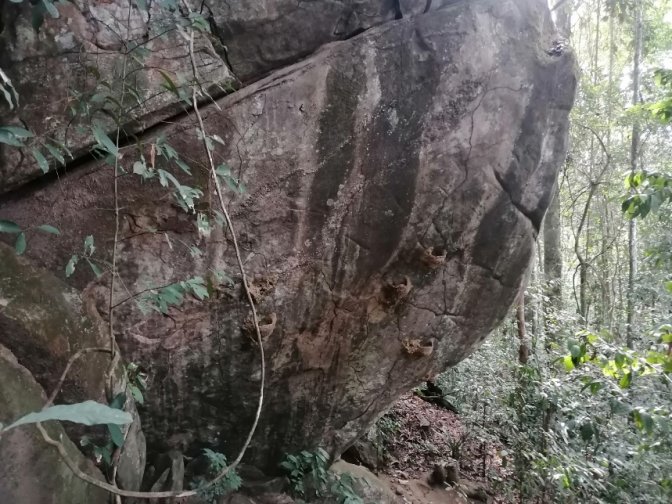
Unfortunately, the white-necked rockfowl is threatened with extinction and is classified as ‘Vulnerable’ by IUCN. The species has very fragmented populations which are increasingly isolated from each other. Due to deforestation and its very specific nesting requirements, the rockfowl’s habitat is being reduced year by year. It is also hunted and regularly caught in snares, when the large young are not taken from the nest to be eaten.
Fortunately, it is found in several protected areas, including several in the landscapes supported by PAPFor.
PAPFor supports local communities in developing ecotourism activities. This species is very popular with birdwatchers, many of whom will travel thousands of kilometres for the chance to see this emblematic species of the Upper Guinean forests. This is a real opportunity to reconcile conservation with the development of communities living in protected areas.
